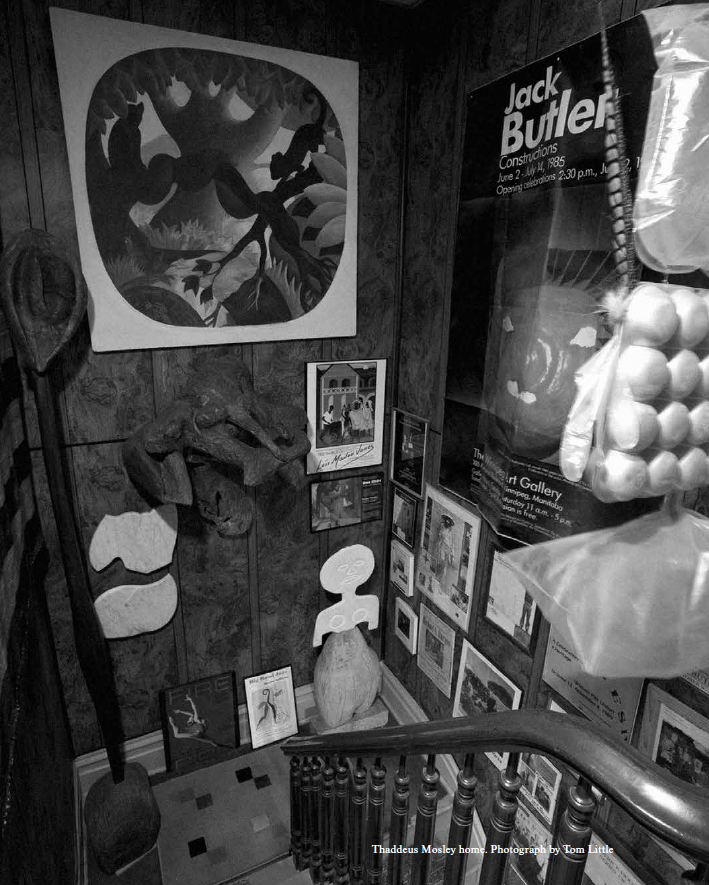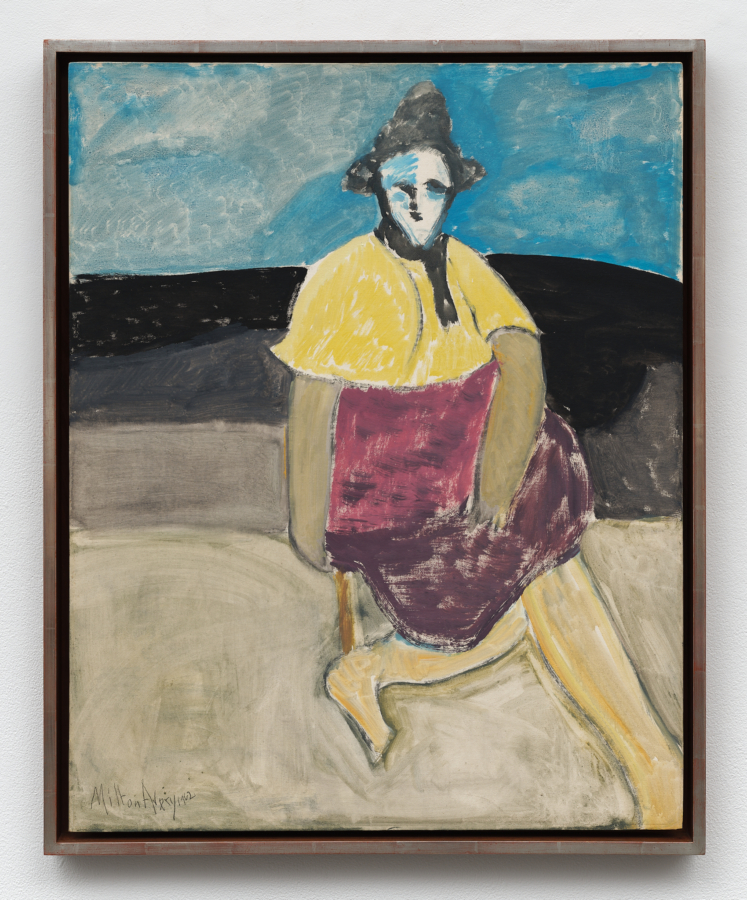February 14, 2020
Thaddeus Mosley, published by Karma, New York, 2020.
Download as PDF
Thaddeus Mosley is available here

The specifics of site have played an important role in the work of Thaddeus Mosley. A lifelong resident of Western Pennsylvania except for the time he spent in the Navy, Mosley has deep ties to the area, its history, and its community. He was involved in civil rights protests in Pittsburgh in the 1960s as a member of the NAACP and continues to be politically vocal with works that pay tribute to African-American leaders and criticize war. Mosley has invested in Pittsburgh’s arts communities, frequenting the city’s museums, jazz clubs, and theaters and familiarizing himself with its art and cultural producers. A friend, fan, and supporter of many local artists, musicians, writers, and others, Mosley has a strong sense of responsibility to his city. He cofounded the Watt Lane Art Club (later Group One) in the late 1950s with the artists Charles Anderson and Lee Cowan as a way to provide exhibition opportunities for African-American artists in Pittsburgh. Although the group disbanded a few years later, it reflected a commitment to the importance of the arts to the city, a tenet that has been a significant part of Mosley’s decades-long career.
The artist’s home and studio are filled with items that root his life and practice to a strong sense of place. These items include his personal art collection, with works by artist friends, African sculptures, and objects accumulated over the years; posters and photographs of artworks and jazz musicians; and hundreds of invitations to local art exhibitions. For the 2009 Mattress Factory exhibition Thaddeus Mosley: Sculpture (Studio/Home), the museum projected a panorama of Mosley’s home that visitors could navigate and reconstructed part of his studio in the gallery. For museum co-director Michael Olijnyk, “In a city like Pittsburgh that is steeped with tradition, oral histories become a unique view into the past. Stories told over generations are met with curiosity about places and people forever changed by time. With this exhibition, we’re showcasing Thad’s sculpture, of course, but also Pittsburgh’s rich history told through his incredible voice.” That commitment to Pittsburgh, seen in Mosley’s mementos and his deep knowledge of the local arts communities, is also found in the materials that make up his sculptures.
In his use of natural materials—mostly wood but occasionally stone and metal—Mosley is “an artist’s artist driven obsessively to explore the endless permutations of his chosen medium.” Deeply impacted
by African sculpture and the work of both Constantin Brancusi (1876–1957) and Isamu Noguchi (1904–1988), the artist considers shape, form, weight, and balance in sculptures that celebrate, rather than hide or
disguise, their own materiality. The importance of site can be seen in the ways Mosley collects these materials. His chosen media come from the city he lives in and the places he frequents: logs are often selected from local sawmills and the trees felled and discarded by the city’s Forestry Division, stones taken from demolished buildings, and metal retrieved from scrap yards. As the artist generally transports these materials himself, the modularity found in his works—with large sculptures often formed by several pieces of wood—is actually a practicality due to the size and space limitations of his car. The sculptures therefore contain a trace of the artist’s process and a reminder of their objectness. Likewise, when using found metal, Mosley has stated, “I never weld these pieces or alter them. By incorporating them into a sculpture, I change their context; then they come alive in a new way.” These objects thus all retain the history of their locations and original uses, even as Mosley transforms them into artworks.
Rather than choosing materials with specific themes in mind, Mosley works with them to generate the ideas for his sculptures. He spends time with his materials, slowly getting a feel for their individual characteristics, forms, and textures. Mosley has stated about his various media: “Every time I go to my workbench I walk by them and get to know them better.” This process of understanding the specificity and individuality of each piece ensures the final work does not overwhelm the uniqueness of its components. There is a historicity and playfulness that often emerges as a result. Mosley uses the natural quirks of his materials—twists and knots in wood, textures in stone—in the end composition, honoring the life of the objects before they came to be a part of his work.
This respect for his medium also nods to Mosley’s interest in jazz. Instead of putting ideas to paper, he draws “with hammer and chisel—a sculptural improvisation, a journey” only possible due to Mosley’s deep understanding of his materials. The resulting chisel marks play across the surface of the wood in rhythms similar to those one might find in jazz and dance. These marks are another trace of the artist’s process, of his literal hand. Here again, site constitutes an important role in Mosley’s practice. The chisel marks locate the works in the artist’s studio, in the daily, persistent physicality of the manipulation of materials. They call attention to the natural curves and cracks of the wood, formed over the years when the trees were still rooted in their original locations. The play of light and shadow deliberately created by the chisel ripples across the forms and creates an illusion of movement or a sense of levitation that counters the weightiness of the actual materials.
While Mosley’s chosen media are all for the most part derived from nature, they were also once a part of the fabric of a city, one with a long history in industry. The sense of urbanism is therefore a strong component of his work. In addition to sourcing wood from around Pittsburgh, Mosley has collected found materials of interest over a number of years. Occasionally, these industrial objects, such as steel cables, railroad ties, and pieces of old machinery, find their way into his work, hinting at Pittsburgh’s history as a steel town and present as a hub for the technology and health care industries. Mosley’s commitment to his city—from his support of area artists to his use of local materials—imbues his sculptures with a sense of place. Through a broad understanding of the power of materials, Mosley locates himself and his work within the specificity of his city and his community.
Published on the occasion of
Thaddeus Mosley
February 29 – April 26, 2020
Karma
188 East 2nd Street
New York, NY 10009
Published by
Karma Books, New York
Edition of 1,000



